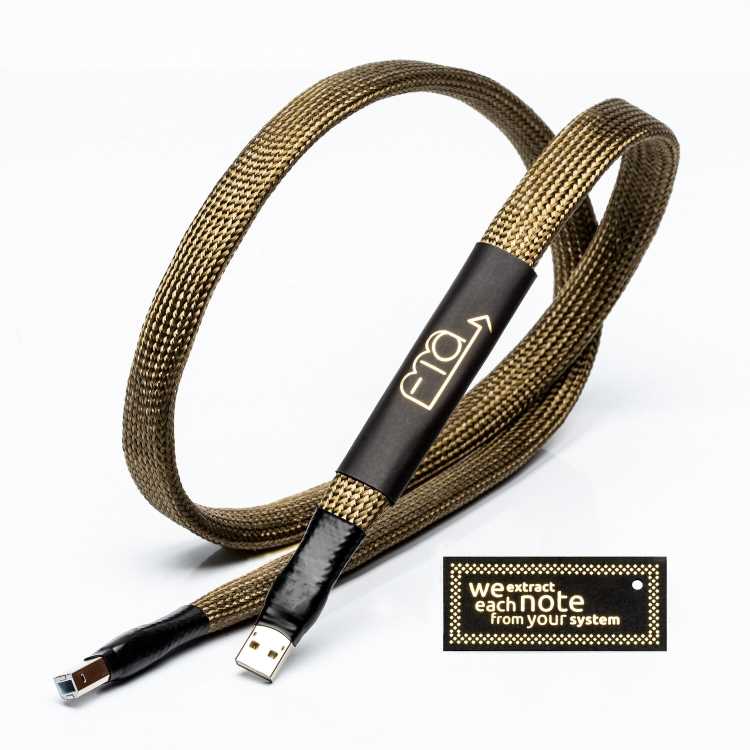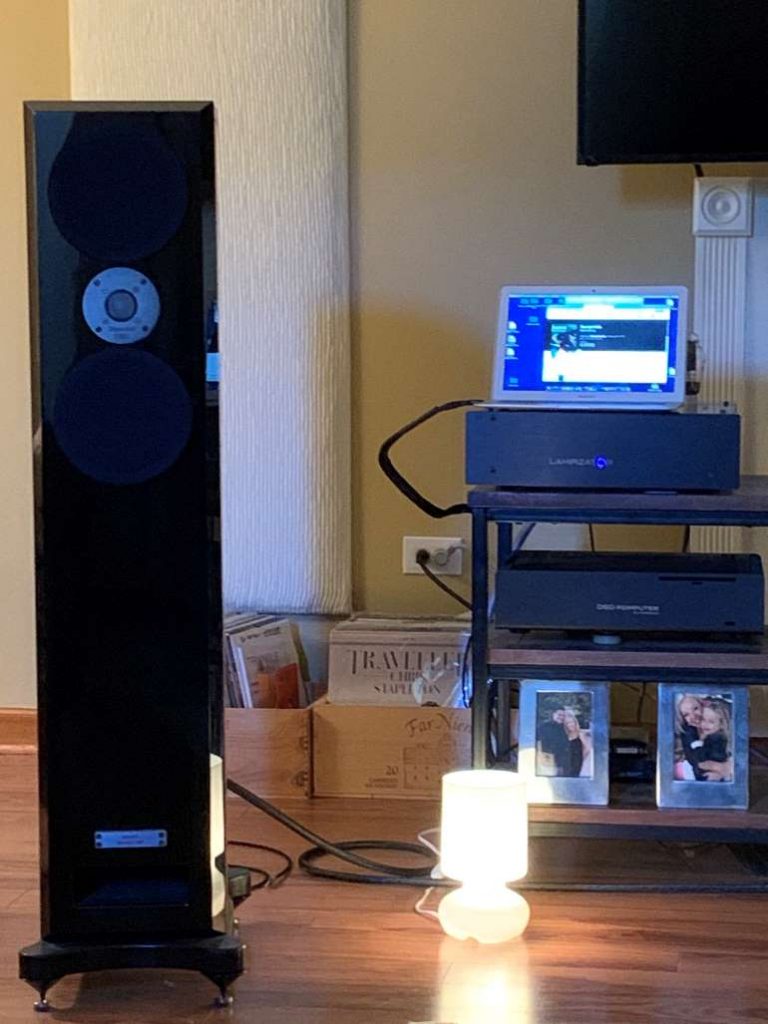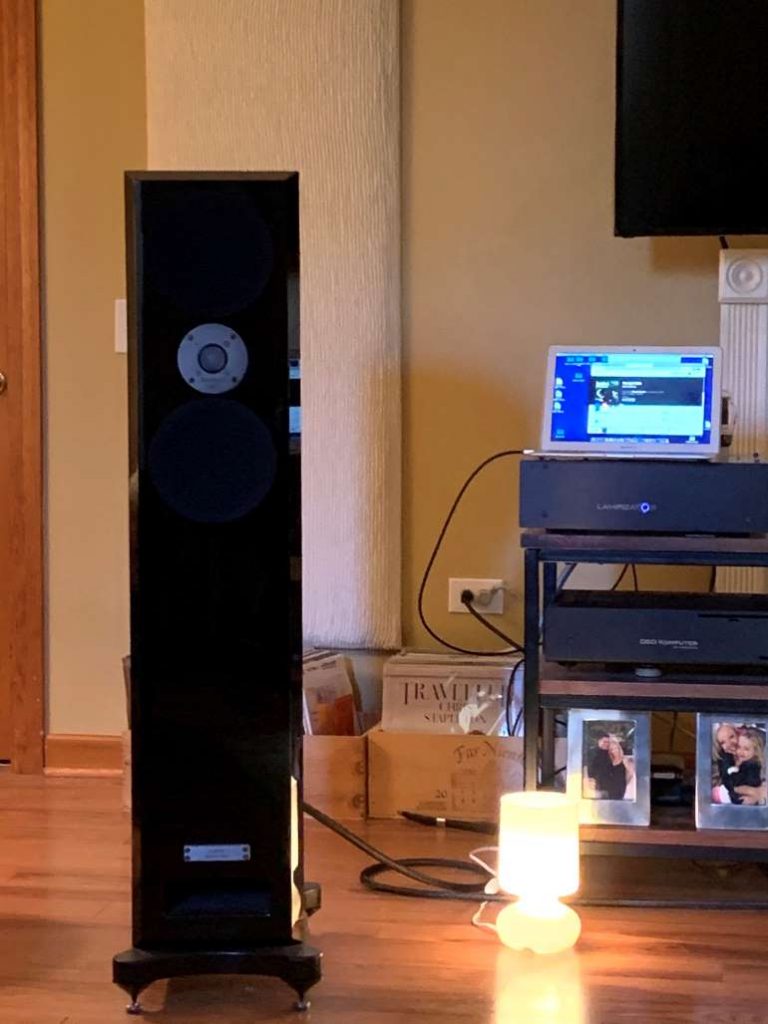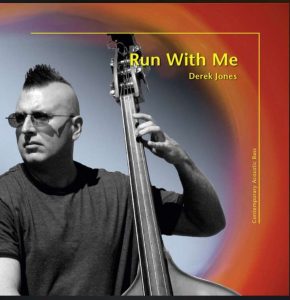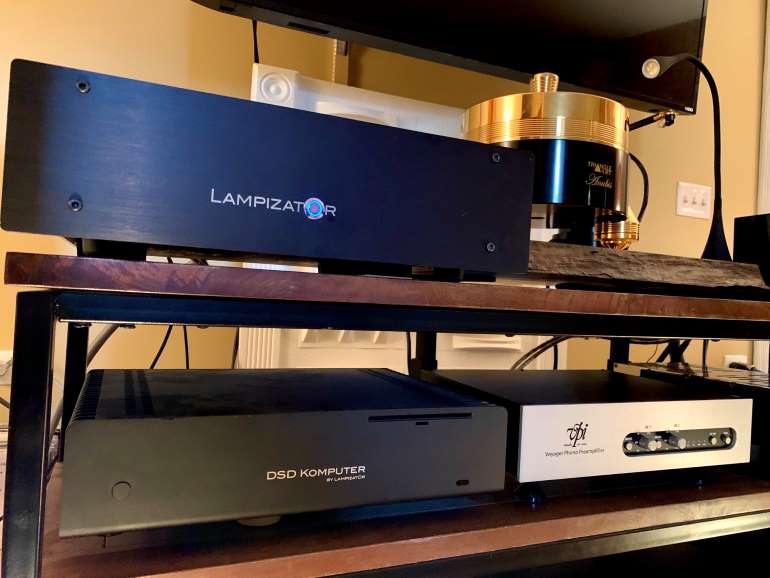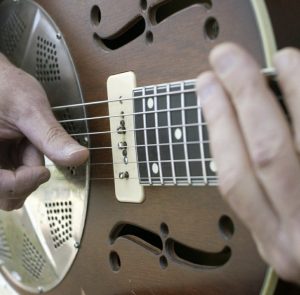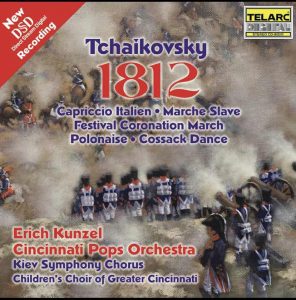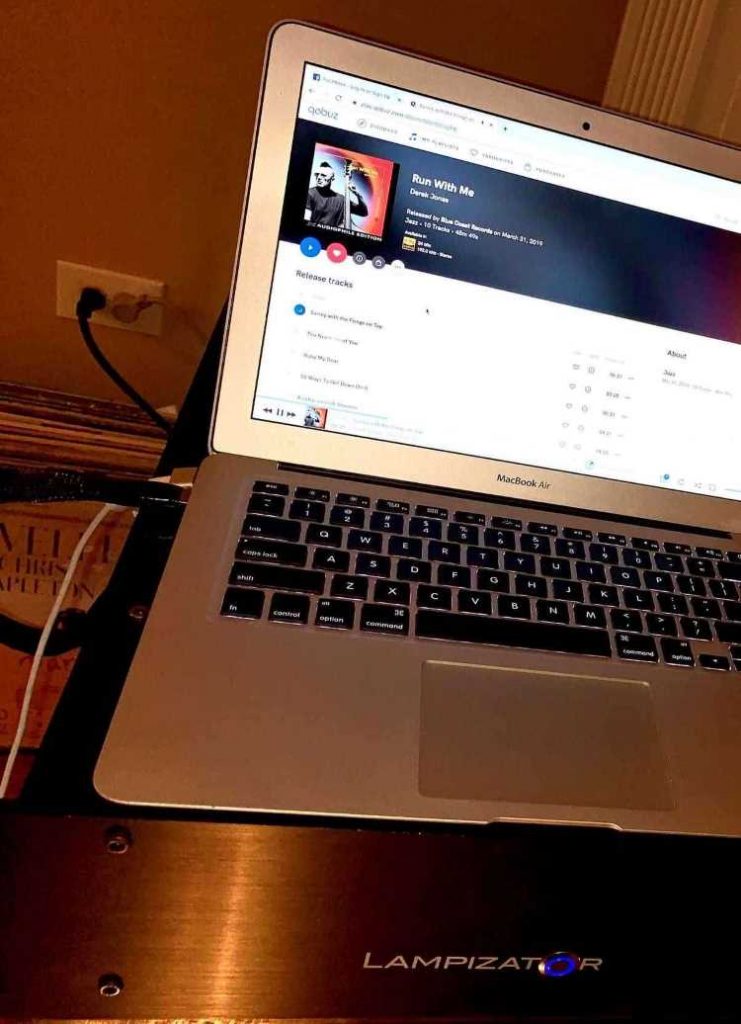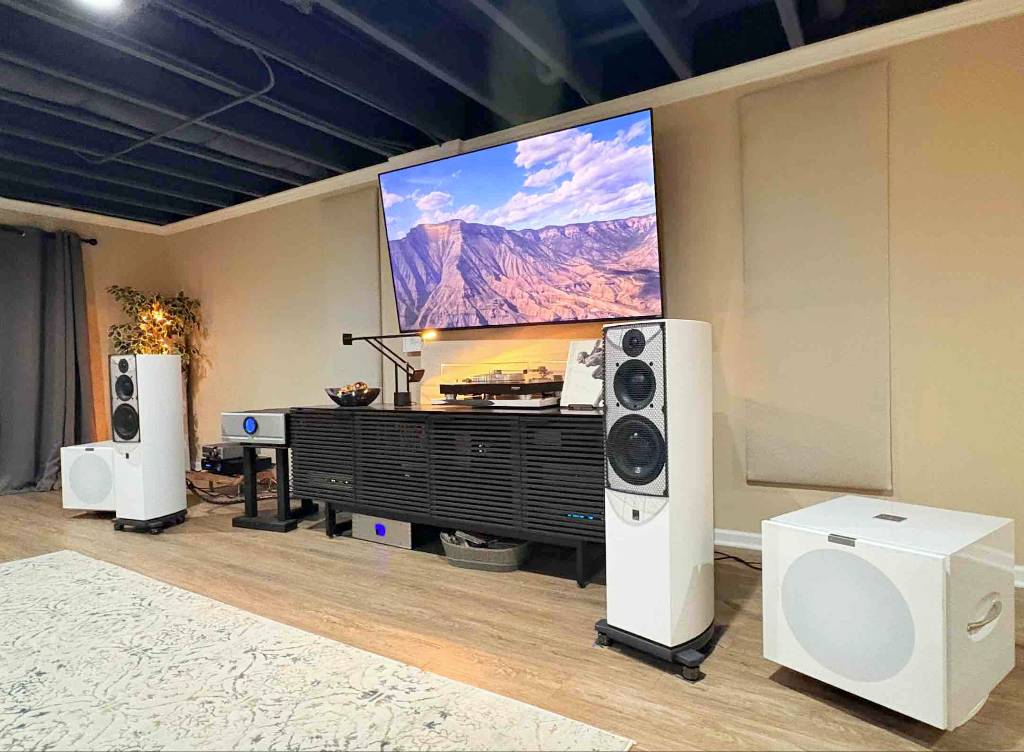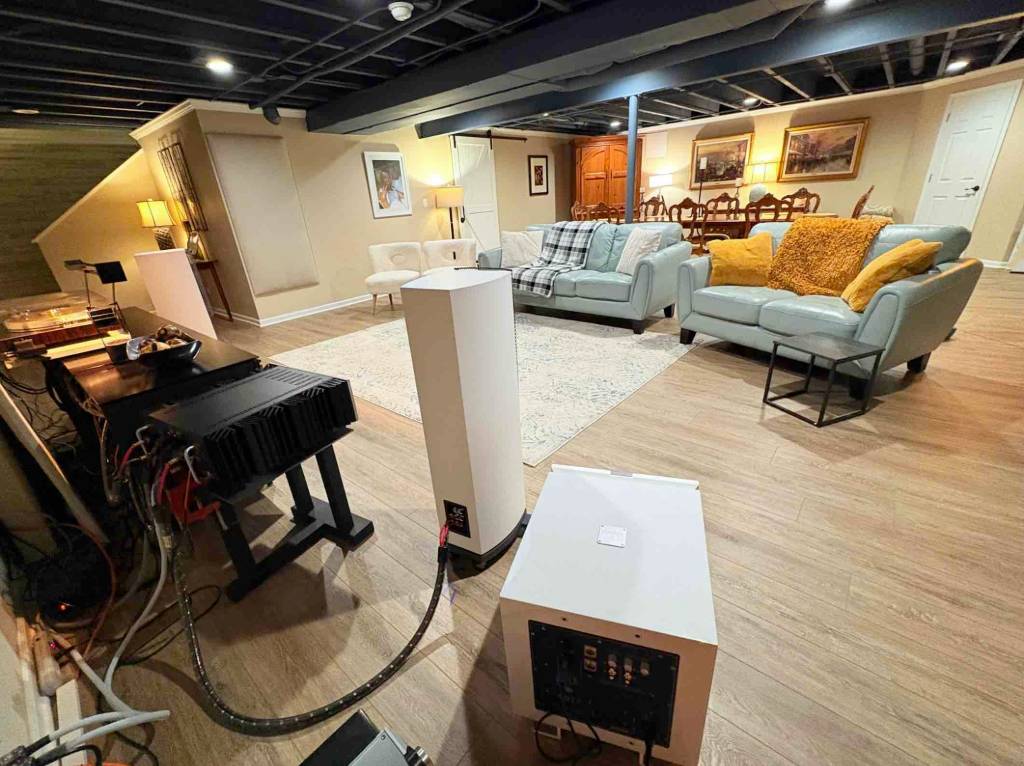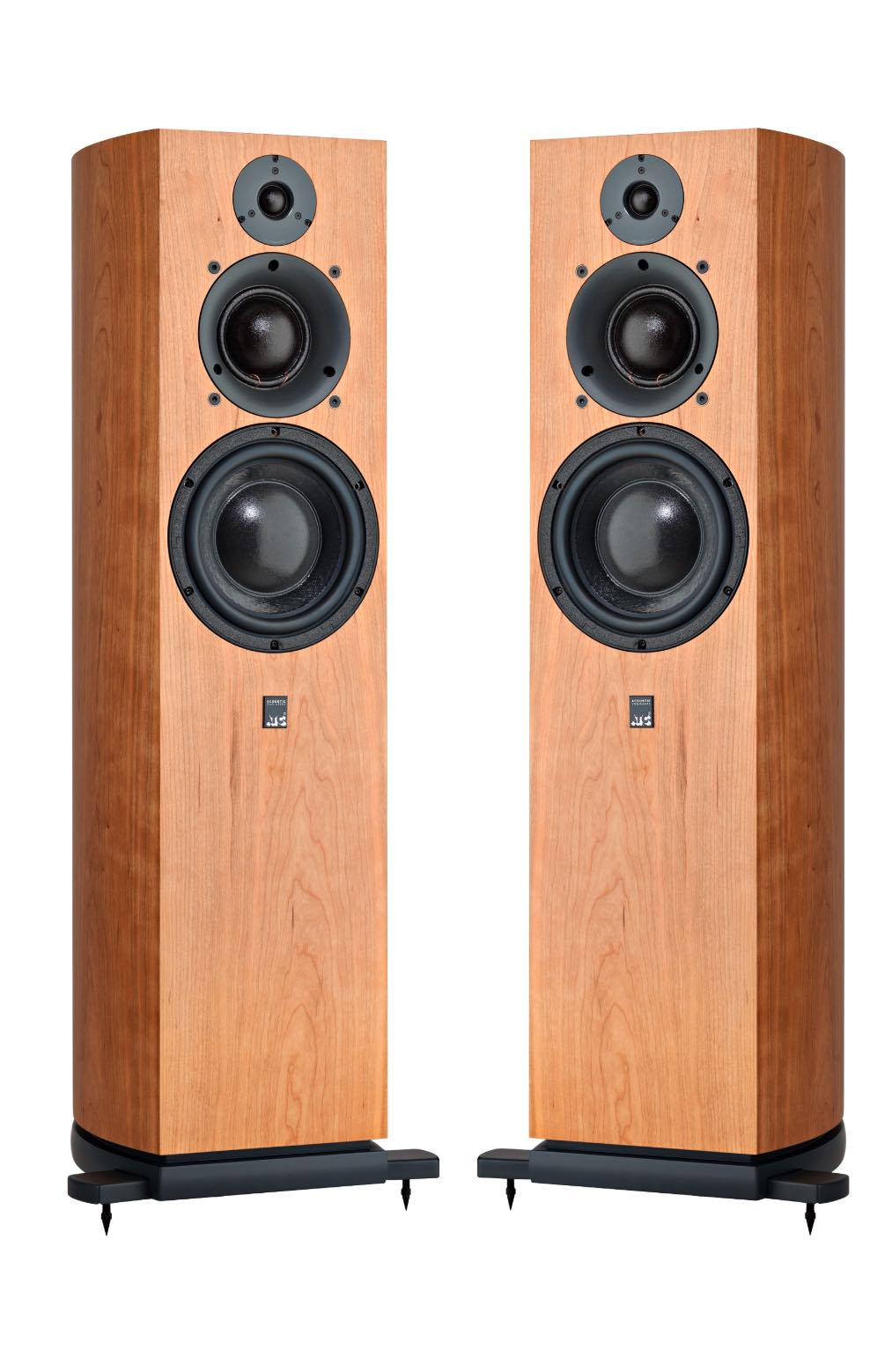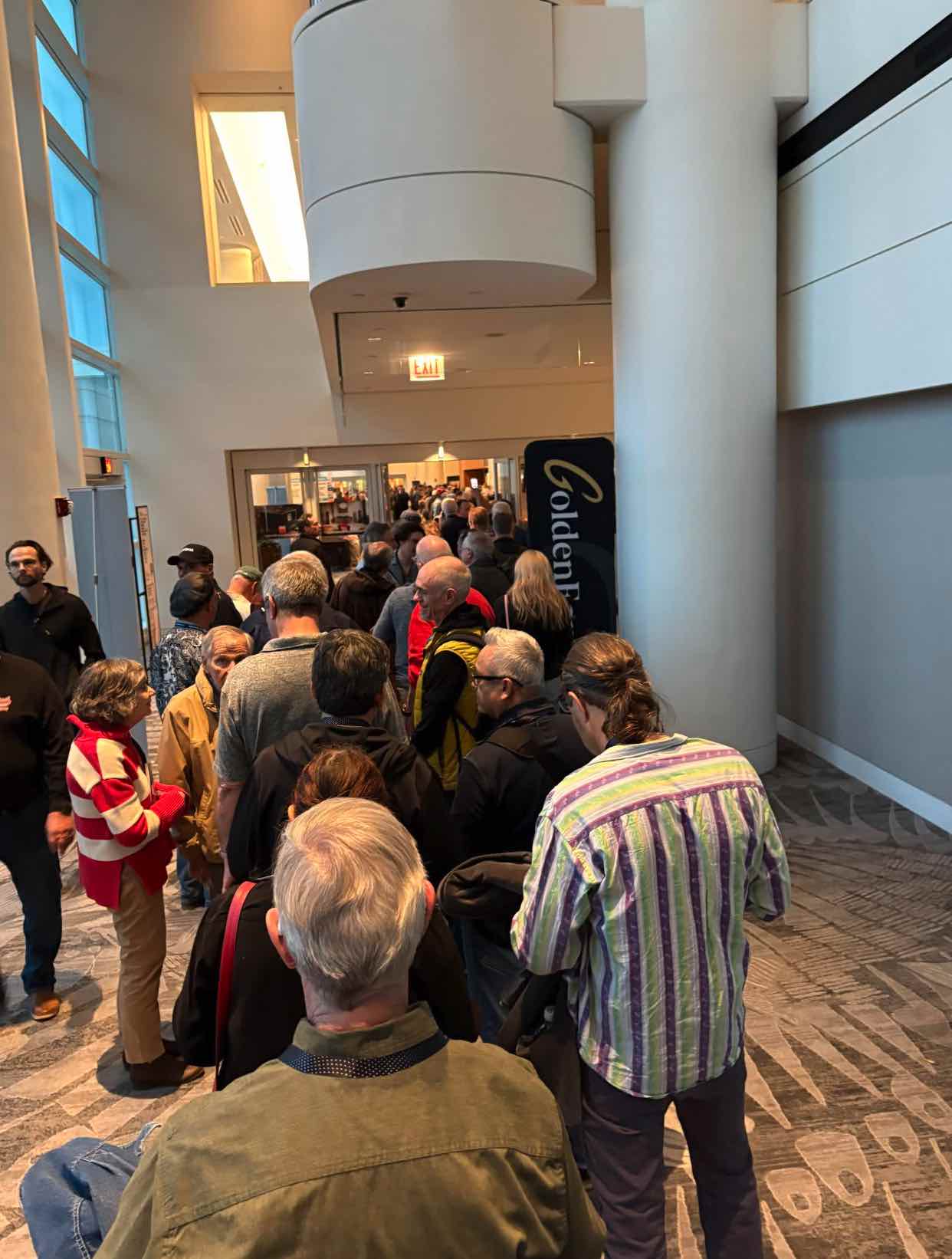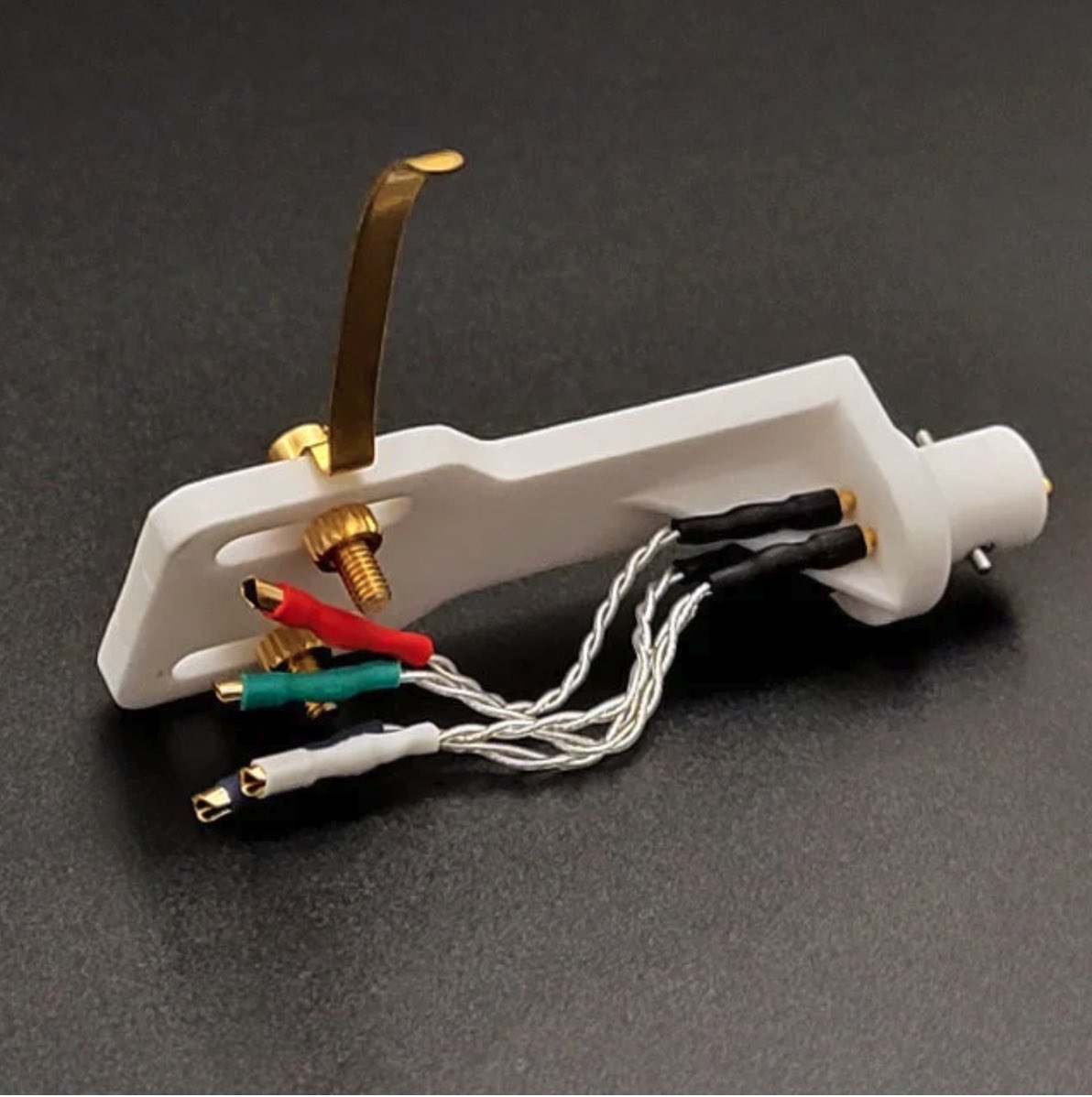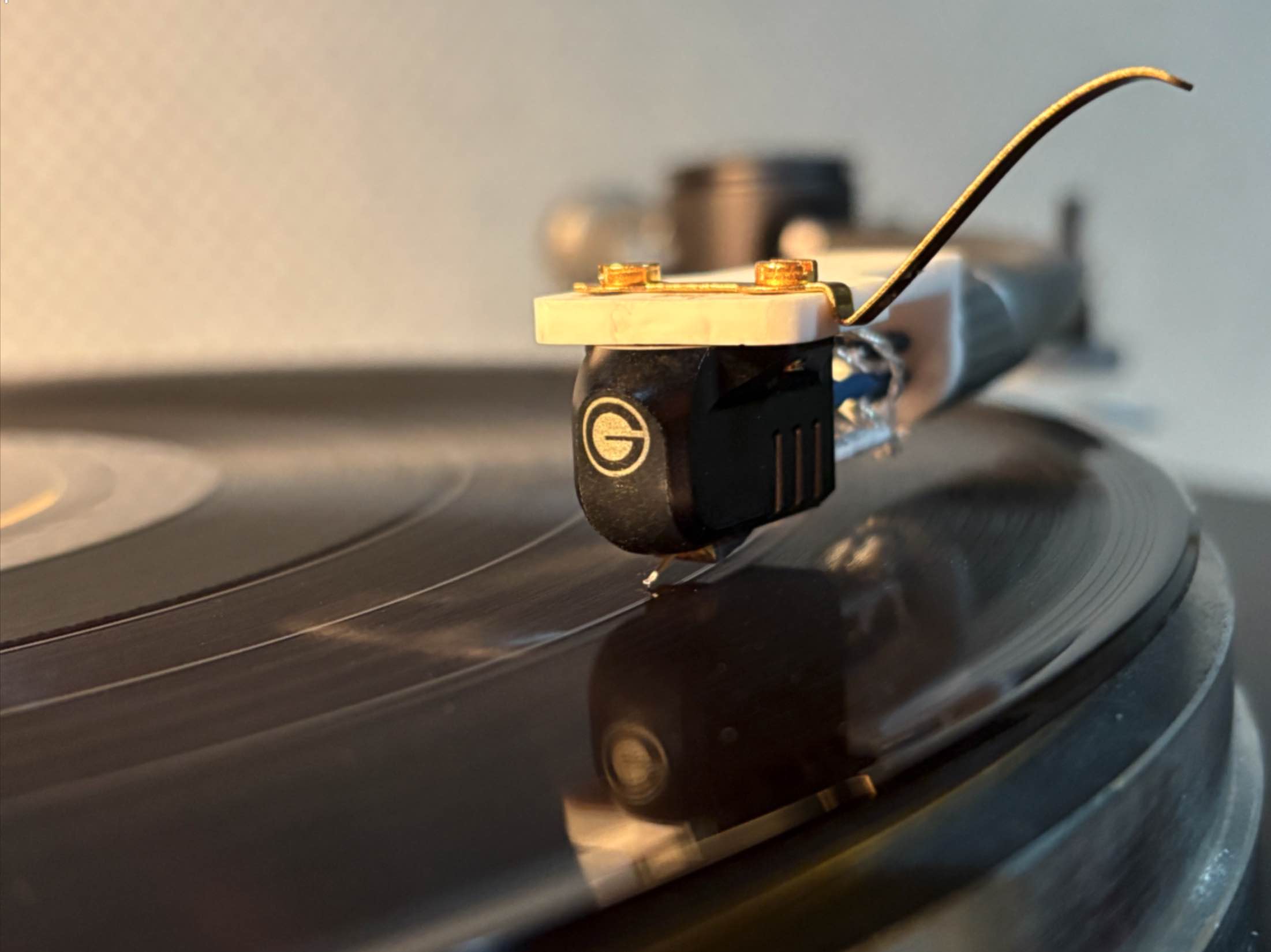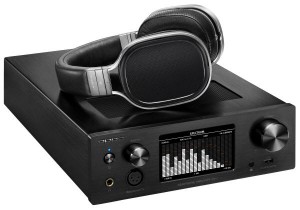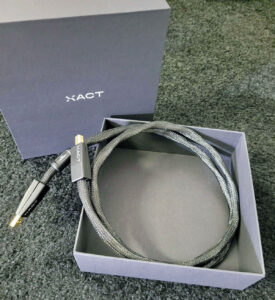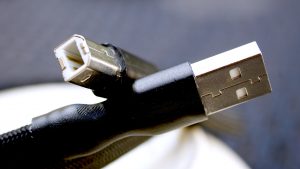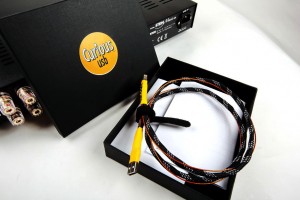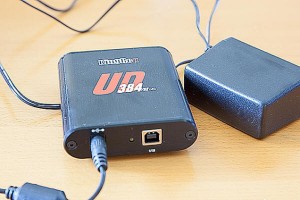When it comes to high end audio, there's no lengths—or distance—some will spare to squeeze out that extra bit of performance from their kits. And now, globetrotting to the ends of the earth has yielded Serbia-based Final Touch Audio's Callisto USB Cable (MSRP $865 for one meter), an entree promising sonic bliss that some pundits would have you believe is a Studer A-820 reel to reel recorder disguised as a wire; with it, reference digital recordings sound mastered on tape. There's detail aplenty, but there's also that glorious, to-die-for organic warmth of virgin analog.
Going into this review, several engineers and techies caution that because of the rigorous USB 2.0 standards and protocols, any perceived differences between cables will be illusory, however, others suggest that factors, like metals and materials used, the way they're applied, and data and/or power filtering, can make small differences. "It all matters!" one industry insider exclaims. From past experience, I have learned to keep an open mind and, given the opportunity, I jump at the chance to experience the Callisto in my own environs.
Unpacking it from its luxurious, black corduroy with hand-knit edges pouch, I plug it between my Lampizator Lite 7 DAC and DSD Komputer music server after it arrives, and right off notice a richer, warmer quality in digital playback. However after the initial euphoria, I notice that some files don't sound better, but actually worse than with my house cable in play. I mention this to Fred Ainsley of Destination Sound Group, the U.S. importer of FTA, and he offers that this can be the case during the burn-in period, adding that it sounds best after 100 hours. In a way, it mimics a similar phenomenon with the installation of new capacitors; they sound amazing when first introduced, then take a slight, wonky turn, only to sweeten and improve dramatically as they settle in.
The FTA Callisto, seen here connecting the MacBook Air to the Lampizator Lite 7 DAC
Background
While we wait for the cable's dielectric to burn in, a little background is in order. Handmade by Zoran Zubcic, proprietor of Final Touch Audio, the Callisto comes in a lovely, hand-knit pouch made by his wife. Unlike other USB cables I've encountered, it's relatively flat, perhaps 3/4 of an inch wide and 1/4 inch thick, in a cloth mesh jacket, and comes in a maximum length of 1.3 meters (the review sample is one meter). Drawing inspiration from Katana swords, their site says, they focused their attention on the forging and hammering process of their conductors.
"We decided to use a copper wire, which is not purified, and possesses a significant amount of Gold and Silver particles inside the wire. Wire has been mechanically treated (via hammering) in order to achieve desired gauge and technical specification." It's their unique combining of their copper wiring with their handmade dielectric that affects the sound that results, helping it to "extract each note from your system."
Their USB cables are available with or without the five volt rail, depending on your equipment's needs (my Lampizator equipment requires the five volt USB power feed).
The Straight Wire USBF cable connecting the MacBook Air to the DAC
Listening
I took great pleasure listening to the FTA render a variety of ripped CDs, downloaded high res files, and streamed music from Tidal and Qobuz for several weeks, but now it's time to get down to business.
First, I pit it against my reference, the Straight Wire USBF Power Filtered 2.0 cable ($185 per meter), in A-B comparisons. From the get-go, the Straight Wire is extremely linear and accurate, rending a pristine presentation of the recording exactly as it was recorded (for some, this is the epitome of high fidelity), complete with the tiny, telltale hints of digital glare that, with the Callisto, seemed to vanish.
Take, for example, Diana Krall's title track of her album When I Look in Your Eyes (DSD64,Verve Records, 1999): her voice shimmers and shines, clearly articulated, breathy and three dimensional, yet, like the tiny seam running the length of a Barbie doll's molded arm, minute artifacts remind that this is a recording—a facsimile and not the real thing. But with the Callisto, it peels back the digital cellophane wrapping and unpacks her living, breathing, naked voice, piano, and accompaniment in real space. It's uncanny.
I note a similar pattern with other high quality recordings like Derek Jones' "Surrey with the Fringe Top" (Derek Jones, Run with Me. 44.1kHz/16-bit FLAC. Blue Coast Records, 2016), streamed on Qobuz, where the textures of Jones' acoustic bass and John R. Burr's piano resonate richly with both USB cables, but with the Callisto, their performance sounds less a sublime recording than an actual performance.
However, the focus of this review is not an A-B comparison, but a description of the Callisto experience.
Serving Up the Callisto Experience with the A-Team
Eschewing the MacBook Air for my dedicated music server with the Callisto in play, Tony Bennett and k.d. lang's vocals are vivid and exquisite, full bodied and present, gods in flesh and blood, accompanied by the hollow bodied guitar, strings, and woodwinds in the ballad, "La Vie en Rose." As with oil paintings of the Dutch Masters, they're vibrant, stunningly articulated, standing out in bold relief against a black studio background (Tony Bennett and k.d. lang. A Wonderful World. DSD64. Columbia, 2002).
Next up, streamed in FLAC 44.1kHz/16-bit via Qobuz, the timbre and detail in Doug MacLeod's vocals, his acoustic guitar and the accompanying Cajón are captivating and haunting with their stunning sense of realism, space, and air in Plowin' Mule" (Doug MacLeod, Doug's Slide Guitar. Black & Tan Records, 2015). Amazing in its own accord, the emotion, natural organic resonance and resolve conveyed via the Callisto is dumbfounding. This is what experiencing music is all about.
And, last, there's Eric Kunzel and the Cincinnati Pops Orchestra's rendition of "1812, Festival Overture for Orchestra in E Flat Major" recording (Tchaikovsky: 1812 Overture. 44.1kHz/16-bit FLAC. Telarc, 1978). The choir, the timbre and tone of woodwinds and horns resounding in that hall and its vast, spacial quality are particularly breathtaking, while the crashing cymbals and the firings of a real cannon are palpable, breathtaking, and visceral. Frankly, with the Callisto, this recording has never sounded better on my system.
Concluding Remarks
Bottom line, the impact of the Callisto is to excellent recordings what Rembrandt, Leonardo Da Vinci, Reubens, and Caravaggio were to oil paintings using Chiaroscuro—the depiction of light hitting form with effective shading and translucent glazes—creating a spectacular sense of solidity and three-dimensionality. It's rich, vivid, extremely lifelike, and engaging without the digital baggage.
In all fairness to the skeptics, the handful of USB cables that I've used have all done a wonderful job in conveying the music in the various iterations of my evolving digital playback system. That said, through the years, I have noticed some subtle differences between them, with build quality, materials, construction, and metallurgy seemingly affecting performance.
Were I to guess why the Callisto delivers so well, I'd say it's likely all those things, but as FTA's Zoran Zubcic asserts, the primary cause is likely the copper with its impurities and gold and silver particles sourced from Serbia employed in its construction.
Like using copper instead of silver—or vice versa—or tinned copper tone wire cable for interconnects or speaker cable, perhaps there's something inherent in its metallurgy, impurities and all, that imparts a chiaroscuro-like coloration on their USB cable worthy of the Masters. When it comes down to it, whatever Zubcic is doing, it's working.
Now, employing the Callisto in your system won't turn a poor digital file into a reference piece any more than using a Telefunken Ela M 251E mic will make you sing like Luciano Pavarotti on DSD256. Yet, with excellent recordings, it brings out their best, delivering a palpable manifestation of the music with striking clarity, depth, and realism.
Bottom line, if you are unsparing in your efforts to wring out the last ounce of performance from your high fidelity system—if you want to hear that glorious, to-die-for organic warmth of virgin analog—the Final Touch Callisto USB Cable is an excellent choice, worthy of your consideration.
Callisto USB Cable
Retail: $865 for one meter
Final Touch Audio
US Distributor
Destination Sound Group




